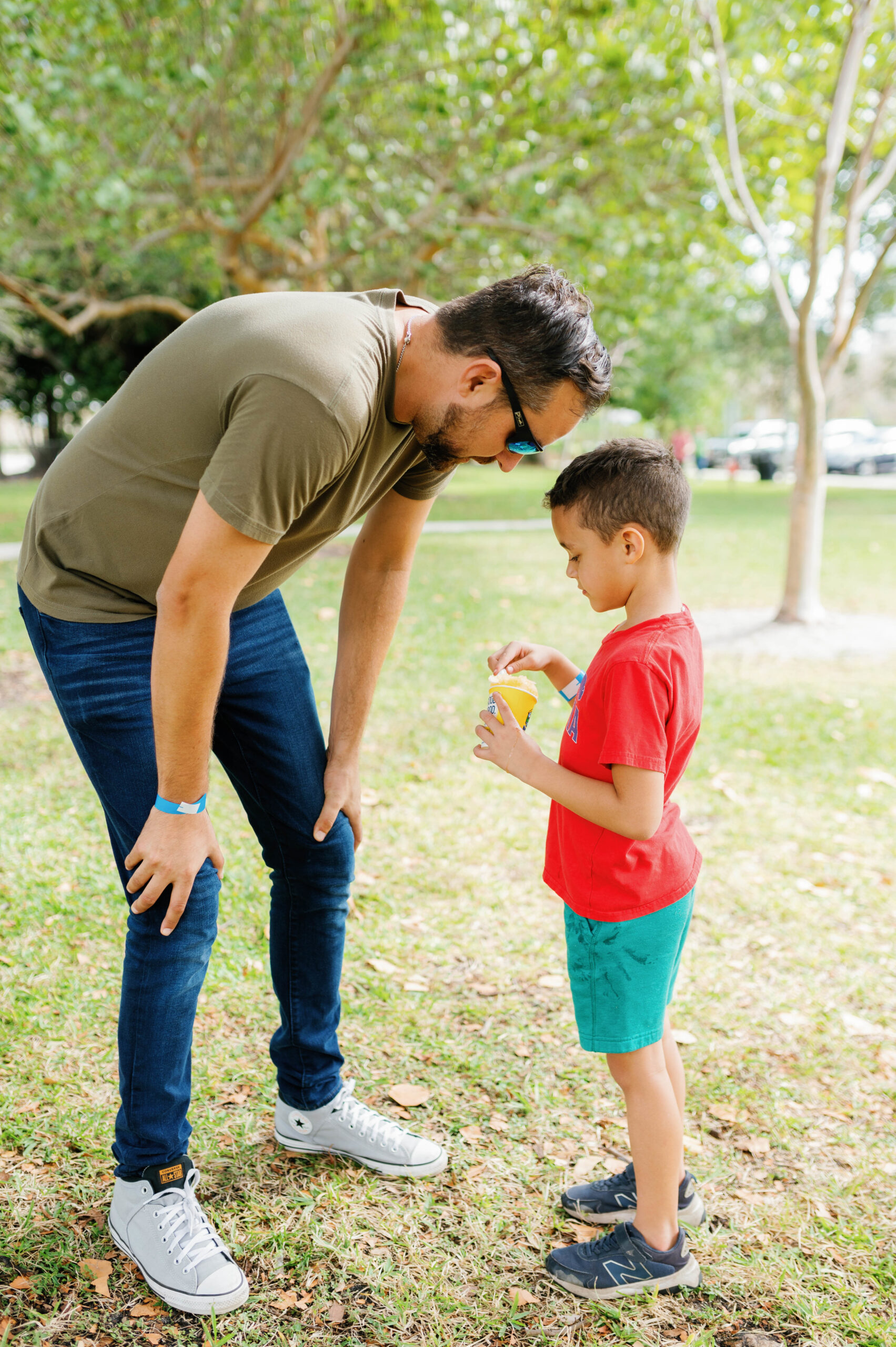meet your head coach
Hi! I'm Coach Franny, and I empower families with challenging children to come together as problem solving teams through a Mindful-Ish® approach to parenting.
Take The Quiz
What's in your Parenting Playbook?
Mindful Parenting 101: Reacting vs. Responding
October 12, 2023
If you’ve ever scolded, screamed, or threatened your child with punishment and then thought to yourself, “I wish I would’ve said XYZ instead,” you may need to shift from reacting to responding.
🔑 While it’s normal to feel frustrated when your child doesn’t listen, responding to your child’s behavior in a Mindful-ish® way not only de-escalates a stressful situation but also teaches your child to better express their thoughts and feelings.
Grab your favorite beverage and get comfortable. In this article, we’re going to explore the difference between reacting vs. responding to kids and how this small shift can make a big difference for your family.
What Is Reacting?
A reaction is an immediate and almost instinctive response to a situation or behavior. It’s typically quick, automatic, and driven by emotions like anger or surprise. By definition, reacting is impulsive and doesn’t involve much conscious thought.
For example, imagine your child refuses to put away their iPad after you’ve asked them to. In this situation, reacting could look like immediately getting angry and threatening your child to take the iPad away or putting them in timeout.
While this reaction may push your child to stop using the iPad, it’s also going to lead to tension. Moreover, it’s not going to effectively address the underlying issue or help your child understand why it’s important for them to stop using the iPad.
What Is Responding?
A response is an intentional and deliberate way of engaging with a behavior or situation. Unlike a reaction, responses are more controlled and driven by logic and empathy instead of instinct and emotion.
📣 Responding means that you’re taking time to think and consider the context of the present moment. Creating a conscious pause between an action and a reaction helps you stay calm and emotionally regulated. It also models more positive behavior for your child.
Reacting vs. Responding Example
Scenario: Your child throws a tantrum in a store. They’re crying, screaming, and kicking, and other people in the aisle are looking at you.
Reaction: You feel frustrated so you shout at your child, telling them to stop. You threaten to take their toys away if they don’t listen to you and start behaving.
Response: You acknowledge that you’re frustrated but remain calm. You kneel at your child’s level and talk through their feelings. You say, “You seem upset. Let’s take some deep breaths together. Once you calm down, we can discuss how we can help you feel better.”
In this response, you acknowledge your child’s feelings and help them work through them. It’s a more mindful approach that reduces stress and makes your parent-child relationship stronger.
Benefits of Responding vs. Reacting
Responding to your child rather than reacting impulsively offers numerous benefits, such as fostering a stronger relationship with your child and promoting positive behavior. While it may take more mental restraint to respond vs. react, there are important benefits to mindful parenting.
- Emotional regulation: When you respond in a calm and composed way, you teach your child how to manage their emotions better.
- Better communication: Responding creates room for open conversation, which helps build trust and understanding for your child’s perspective.
- Long-term positive change: Responding focuses on teaching a more appropriate behavior instead of punishing negative behavior. As a result, you’re going to see your child behaving better over time.
- Less stress & more peaceful environment: Reacting vs. responding in parenting creates tension and exacerbates challenging behaviors. In turn, responding reduces stress and promotes calmer communication.
How to Be a Mindful-Ish® Parent
It’s not always easy to respond instead of defaulting to reacting. You’re human, and it’s normal to feel triggered or frustrated when your child is being challenging.
When you feel yourself starting to lose your temper, take a step back and acknowledge your emotions before taking action. It’s important to intentionally carve out a space for yourself in which you can choose a more mindful — or Mindful-ish® — response.
🏈 What’s in your parenting playbook? Each parent has their own unique style when it comes to coaching their family towards success.
Take our free quiz to learn more about your parenting style and how you can make small changes to achieve big results.

About
Contact
Blog
Get Started
Back to Top
© 2023 Mindful-Ish® | All rights reserved | Terms & Conditions | Site Credit